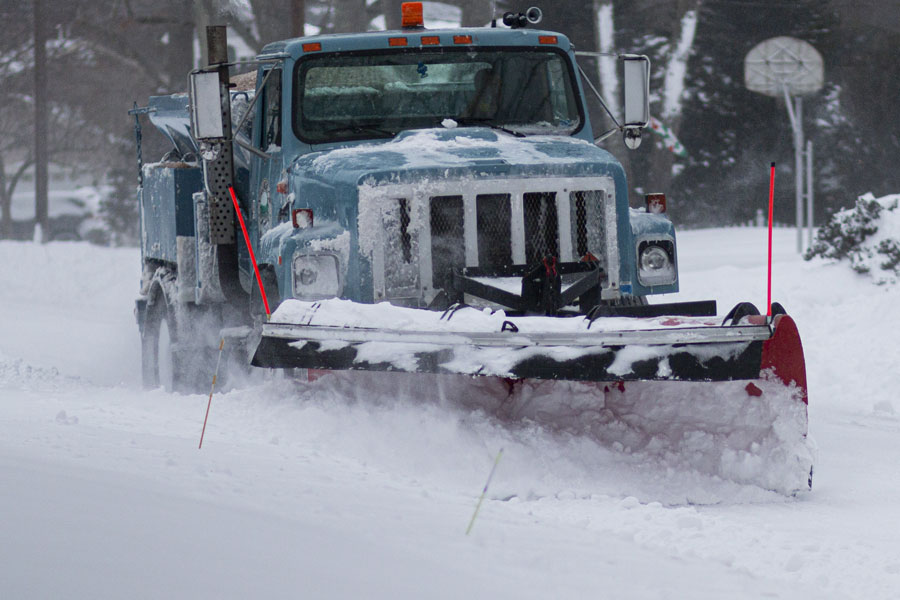Long Island Region Experiencing Historic Snow Drought; Local Weather Stations Recording Alarmingly Low Snowfall

BABYLON, NY – Two long years have ticked by since Long Island underwent a snowfall event that left at least an inch of snow behind. This past Monday, the extraordinary drought concluded its 700th day without any significant snowfall. The entire Long Island region is experiencing this historic snow drought, with local weather stations recording alarmingly low snowfall.
Renowned meteorologist Dominic Ramunni from the National Weather Service attributes this unprecedented situation to a blend of natural variability and climate change. The Island has seen its share of mild winters with scant snowfall in the past, but the continuous warming of the atmosphere above traditional levels is impossible to deny. Ramunni asserts that it is challenging to pin down climate change as the culprit behind one specific event or season. However, he pointedly notes that climatic change inevitably leads to stronger storms with higher precipitation.
Interestingly, the warmer year on record so far for Central Park and Islip’s climate stations is 2023. This is indicative of a steadily rising trend in temperatures, further supporting Ramunni’s claims about the warming atmosphere.
According to Don Clavin, the Town of Hempstead supervisor, the snow drought has tangible financial impacts, particularly on budgetary allocations for winter preparedness. Items like sand or salt, integral to coping with heavy snow, witnessed a reduced demand, resulting in notable cost cuts.
However, Clavin asserts the key advantage of this snow drought is not financial. Rather, the safety that comes with a decrease in overall snowfall and consequent risks on the roads, especially in terms of snow-related accidents, cannot be overstated.
Clavin reveals that Town’s preparations for the snow begins as early as October. This includes meeting with snow removal crews and reviewing the status of equipment in stock. The infrequent usage of tools like plows demands a diligent maintenance regime, which is effectively managed by their experienced staff. The supervisor takes pride in his team’s ability to maintain the fleet and stay prepared.
Their equipment is stationed across Central Highway Yard in Roosevelt, Inwood, and Franklin Square, comprising over 200 pieces ready to spring into action at the sight of any forthcoming snowstorm.
While the lack of snow could be disappointing for winter enthusiasts, Ramunni reassures that it is too early to dismiss this winter. According to the climate history, Islip experiences an average of nearly 9 inches in January and an extra 10 inches in February, indicating sufficient cold season left to consider.
As per the meteorologist’s email dated Jan. 10, there seem to be “several opportunities on the horizon that could finally put an end to our nearly snowless stretch.” He goes on to explain how the jet stream’s position has guided storm after storm into the area. What’s needed now is for some cold Canadian air to enter the country, which he believes is quite likely to happen at least once or twice before winter draws to a close.
While Long Island’s residents have been transfixed by this unusually long snow drought, it is clear that the implications span more extensive than mere weather fascination. The distinction between a natural weather anomaly and the influence of global warming is stark, as is the broader impact on local safety and fiscal matters. The stretch may continue or may soon witness a snowy intervention, but navigating the course will certainly be a journey to keep a close eye on.


